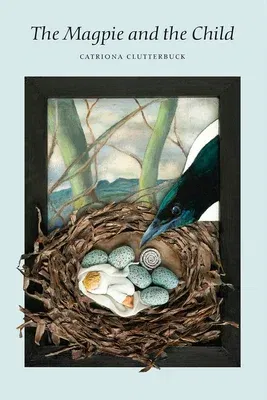Catriona Clutterbuck
(Author)The Magpie and the ChildPaperback, 1 March 2021

Qty
1
Turbo
Ships in 2 - 3 days
Only 1 left
Free Delivery
Cash on Delivery
15 Days
Free Returns
Secure Checkout

Print Length
112 pages
Language
English
Publisher
Wake Forest University Press
Date Published
1 Mar 2021
ISBN-10
1930630956
ISBN-13
9781930630956
Description
Product Details
Author:
Book Format:
Paperback
Country of Origin:
US
Date Published:
1 March 2021
Dimensions:
22.61 x
15.24 x
1.02 cm
ISBN-10:
1930630956
ISBN-13:
9781930630956
Language:
English
Pages:
112
Publisher:
Weight:
226.8 gm